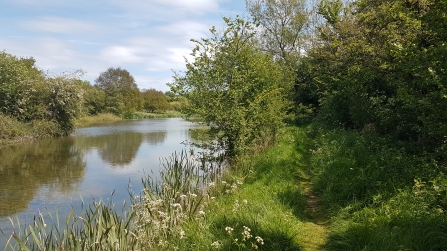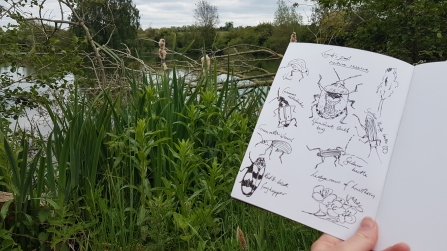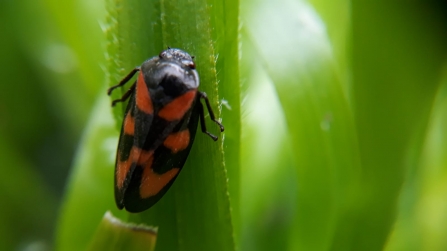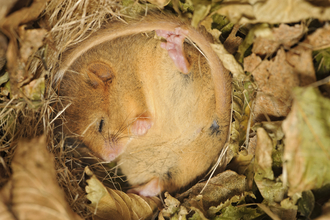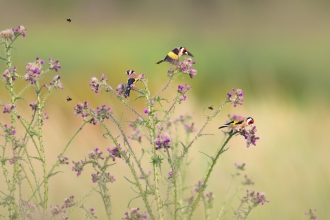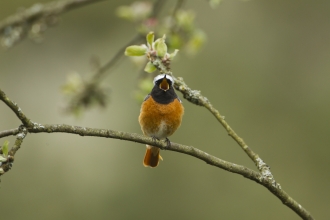On an ordinary day, I’d be writing about the clouds of hand-sized butterflies you might see on a trek though Vietnamese countryside or the way a Bornean riverbank glimmers with glow worms at dusk.
As a travel writer, I’ve always been drawn to the exotic, but during lockdown, I’ve taken a fresh eye to my local Wildlife Trust nature reserves. Exploring flowering tapestries of grassland and woods thick with bluebells with the same curiosity I’d apply to a far-flung destination has led me to experiences to rival a tropic expedition.
I’m lucky enough to have been accompanied on my explorations by my husband Lee, a former Wildlife Trust conservation trainee. I’ve collected the top tips I’ve learnt from our lockdown explorations that I hope may help you to look at your local reserves with fresh curiosity.


